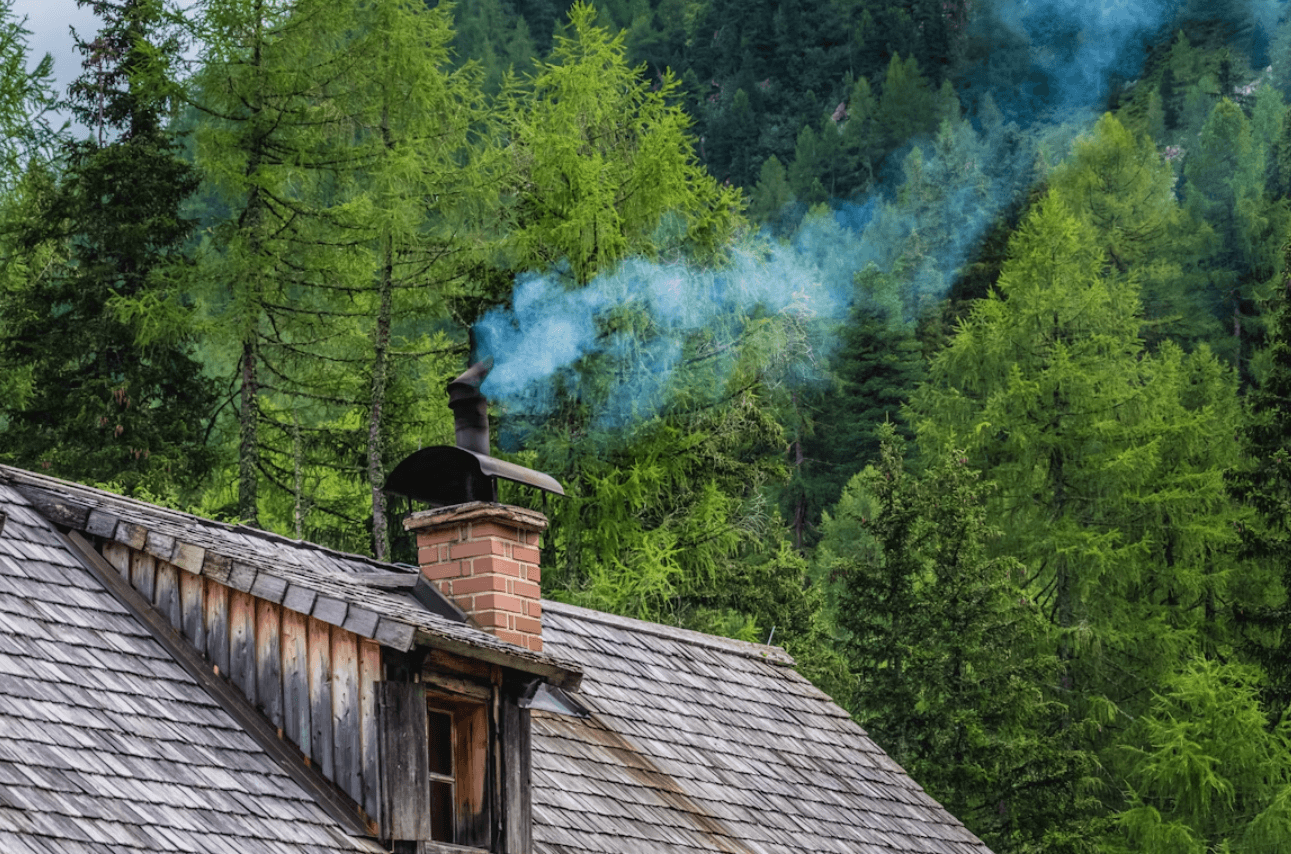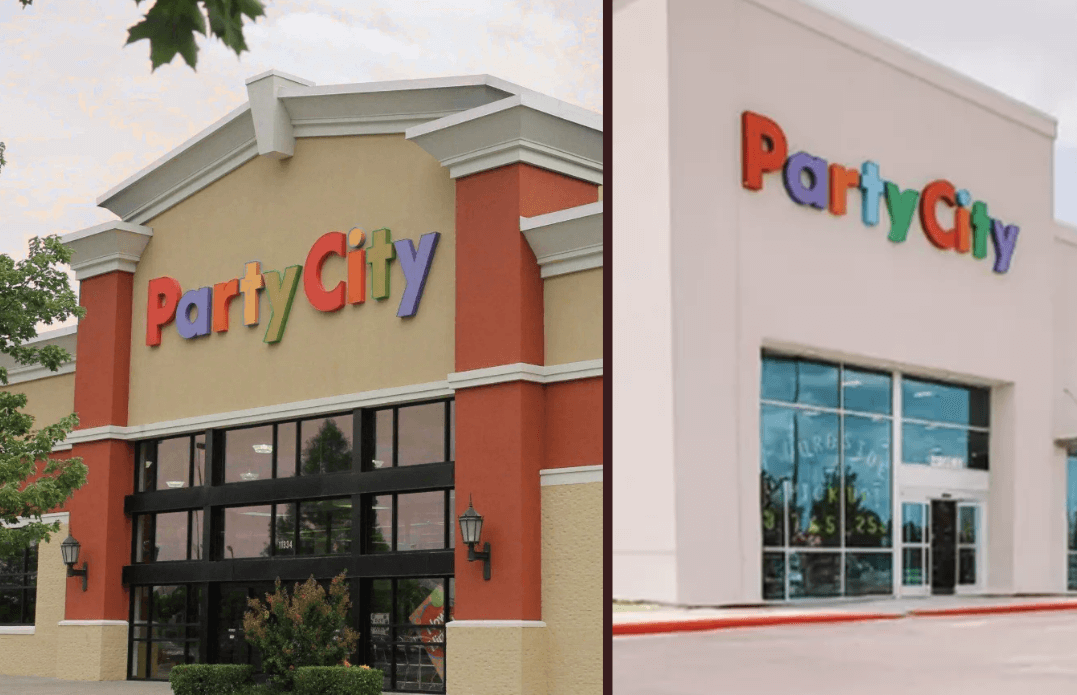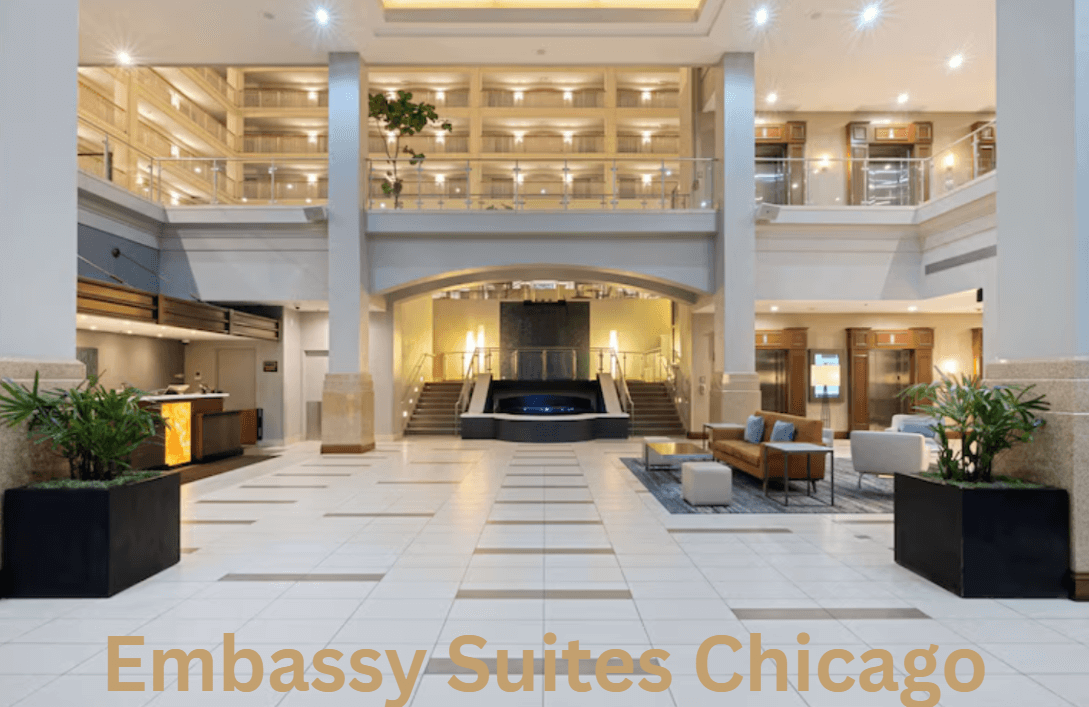When it comes to maintaining a safe and efficient home heating system, one often-overlooked component is the chimney cap. This small but vital feature plays a crucial role in protecting your chimney and home from the elements, animals, and even fire hazards. Whether you’re installing a new fireplace or maintaining an existing chimney system, understanding the purpose, types, and costs associated with chimney caps can save you a significant amount of money and prevent future problems. This guide dives into the details of chimney caps, including options like stainless steel chimney caps, concrete chimney caps, and more. It also addresses the chimney cap installation process, costs, and when you might need chimney cap replacement or repair.
What is a Chimney Cap and Why is It Important?
A chimney cap is a protective cover that sits atop your chimney. Usually made from metal or concrete, its primary purpose is to shield the chimney flue from external elements such as rain, snow, debris, and animals. A properly installed chimney cap cover can dramatically improve the lifespan of your chimney system and reduce maintenance needs.
Rainwater is one of the most destructive elements for a chimney. Without a chimney caps, water can seep into the masonry, causing cracks, spalling, and eventual structural damage. Likewise, wind can blow leaves, twigs, and other debris into the flue, leading to blockages that could cause smoke and dangerous gases like carbon monoxide to back up into your home. A fireplace chimney cap also prevents animals—like squirrels, raccoons, or birds—from nesting in the chimney, which poses a serious fire hazard.
Types of Chimney Caps: From Stainless to Concrete
There are several types of chimney caps, and choosing the right one depends on your budget, aesthetic preference, and the type of chimney you have.
Stainless Steel Chimney Caps: This is one of the most durable and corrosion-resistant options available. A stainless chimney cap doesn’t rust, is easy to maintain, and offers long-lasting protection against the elements. It’s ideal for regions with heavy rainfall or snow and provides a sleek, modern appearance.
Concrete Chimney Cap: Concrete chimney caps are often custom-poured to cover the entire chimney crown. These are particularly durable and excellent at shedding water, but they’re heavier and more expensive to install. They are most often seen in custom or high-end homes and can last for decades with minimal maintenance.
Copper Chimney Cap: Though not mentioned in the keyword list, it’s worth noting that copper caps offer a beautiful aesthetic and also resist corrosion. However, they come at a premium cost.
Single-Flue vs. Multi-Flue Caps: Depending on whether your chimney has one or multiple flues, you can choose between single-flue or multi-flue caps. The latter provides unified protection over more than one opening.
Chimney Cap Installation: Process and Considerations
Chimney cap installation is typically a straightforward process, but it does require the proper tools and safety measures. It begins with selecting a properly-sized cap. The dimensions must match the flue or crown exactly to ensure an effective seal and prevent wind-driven rain or animals from getting inside.
Installation involves climbing onto the roof, securely attaching the cap to the flue liner or chimney crown using screws or masonry anchors, and sealing any gaps with weather-resistant caulk or mortar. It is crucial to ensure the cap allows for proper ventilation while still offering maximum protection.
If you’re not comfortable working at heights or lack the necessary tools, it’s wise to hire a professional. Simply searching chimney cap installation near me can yield a list of local professionals with reviews and estimates, ensuring a safe and effective installation.

When to Consider Chimney Cap’s Replacement or Repair
Even the most durable chimney caps will eventually show signs of wear and tear. Chimney cap replacement becomes necessary when the caps is visibly rusted, cracked, detached, or if animals or water have managed to bypass it. Damage to the chimney flue itself may also indicate that the cap is no longer functioning as intended.
Common issues requiring chimney cap repair include loose mounting, clogged mesh screens, or minor corrosion. In many cases, minor issues can be addressed without a full replacement. However, ignoring these small problems can lead to costly damage over time, including the need for extensive masonry repairs or a full chimney rebuild.
Chimney Cap’s Cost Breakdown
Costs for chimney caps vary widely depending on the material, size, brand, and whether installation is DIY or professional. Here’s a breakdown of the typical expenses:
- Chimney Cap Cost (Material Only):
- Galvanized steel: $30 to $100
- Stainless steel chimney cap: $70 to $300
- Concrete chimney cap (custom): $200 to $600
- Copper: $200 to $500+
- Chimney Cap Installation Cost:
Hiring a professional generally costs between $150 to $500, depending on accessibility and cap type. For high chimneys or multi-flue setups, the price can be higher. In total, the chimney caps installation cost, including labor and materials, ranges from $200 to $800. - Chimney Cap Replacement Cost:
Similar to installation, chimney cap replacement cost includes removing the old cap, inspecting for damage, and installing the new one. Expect to pay anywhere from $200 to $700.
While DIY installation can save money, incorrect installation can lead to bigger problems in the long run, especially if the chimney becomes blocked or leaks begin. For most homeowners, hiring a professional found via “chimney cap installation near me” is the best course of action.
Maintenance Tips to Extend Chimney Cap’s Lifespan
To get the most out of your chimney caps, periodic inspection and maintenance are essential. Here are a few tips:
- Inspect Annually: Check the cap for rust, debris, and signs of animal nesting. Do this during your regular chimney cleaning.
- Clean Mesh Screens: Clogged screens can impede airflow, leading to inefficient smoke expulsion and backdrafting.
- Re-seal if Needed: Use weatherproof caulk around attachment points if the seal begins to wear down.
- Address Damage Promptly: A small crack or loosened screw can become a major issue if not addressed.
Routine chimney inspections by certified chimney sweeps often include a cap inspection. This can prevent unexpected problems and ensure everything is up to code and functioning properly.
The Role of Chimney Caps in Fire Safety and Efficiency
Beyond physical protection, chimney caps play a significant role in fire safety. A fireplace chimney cap typically includes a spark guard—a fine metal mesh that prevents embers and sparks from escaping the chimney and landing on your roof or in your yard, reducing the risk of fire.
Furthermore, chimney caps prevent downdrafts caused by strong winds. Without a cap, wind can blow smoke back into your home, causing unpleasant odors and respiratory hazards. This simple accessory contributes directly to the energy efficiency of your fireplace or wood stove by stabilizing the draft and ensuring consistent air flow.
Conclusion: A Small Investment with Big Returns
A chimney cap might seem like a minor part of your home’s heating system, but it plays an outsized role in protecting your chimney, home, and family. From preventing water damage and animal intrusion to improving fire safety and energy efficiency, the benefits of having a properly installed and maintained chimney cap are substantial.
Whether you opt for a stainless steel chimney caps, a concrete chimney caps, or another material, regular inspection and prompt chimney cap repair or chimney’s caps replacement will ensure your chimney system stays in top condition. Understanding the various options, the typical chimney caps cost, and what’s involved in chimney caps installation can help you make informed decisions about your home maintenance.
For those unsure where to start, searching for a trusted provider using terms like chimney’s cap installation near me can connect you with local professionals who can guide you through the process efficiently and safely.
In the grand scheme of home upkeep, investing in a quality chimney caps cover offers protection that pays for itself many times over. Don’t wait for problems to arise—inspect your chimney today and consider whether your caps is doing its job.



